A fun and educational contest
For fun and mutual learning, we're launching an interactive blog feature where we invite you to share images of posture (healthy, unhealthy, and everything in between) for us to analyze. By us I mean me, Esther, and my Gokhale Method teaching colleagues.
Periodically, we'll select from all the submissions "best-of" images that offer a rich platform from which we can launch an online conversation. After we've added our two cents to your contribution, we'll publish the photo and commentary here, as a blog post.
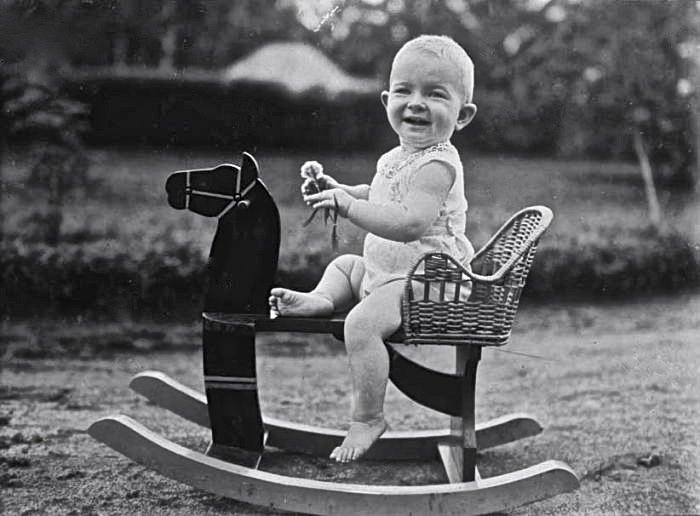
With proper credit, images from the private and public domain may be submitted
Contest guidelines
If you'd like to join the fun, you don't have to do much to earn our stamp of approval, but please keep the following guidelines in mind.
1. Image eligibility
Images must either belong to you or the public domain. When you share an image you've found online--for example, at Wikimedia Commons--please supply the following information, so we can provide proper credit:
- Image title
- Name of photographer or artist
- Online source (if applicable)
- Link (if photo was found online)
For example, complete credit information for the image above is:
- Title: Portrait of Beppie Landzaad riding a rocking horse, Pematangsiantar
- Photographer: Unknown
- Online source: Wikimedia Commons, Tropenmuseum of the Royal Tropical Institute, the Netherlands
- Link: COLLECTIE_TROPENMUSEUM_Portret_van_Beppie_Landzaad_op_een_hobbelpaard_Pematangsiantar_TMnr_60021764.jpg
We welcome photos of you and those who share your world, but if you're submitting a photo of family members or friends, or individuals you've encountered when you're out and about, we rely on you to get the subject's permission and submit a completed Model Release Form. Please submit the Model Release Form with your images.
With subject's permission and signed model release forms, photos may feature strangers or people you know
2. Image format
Only digital images can be considered. (Sorry, we don't want to receive and potentially lose track of precious originals!) And the preferred format is:
- JPG file (ie, those with a .jpg extension)
Only digital images will be considered; JPG files are preferred
3. Image submission
Please submit photos to:
4. Deadline for first contest
To be considered for the first contest, images must be submitted by:
- 11:59 PM Pacific Standard Time, December 15, 2013
Submissions that arrive after this deadline will be set aside for consideration when we run a follow-up contest.
Wikimedia Commons is a rich source of public-domain images; this woman is 102!
5. Judges' criteria and selection process
Some of the questions we'll be asking as we weigh the merits of each submission are:
- Does the image relate to Gokhale Method techniques and lessons presented in 8 Steps to a Pain-Free Back, or related materials available at the Gokhale Method website?
- Can we learn and teach from the image? It doesn't matter whether the image models ideal or less-than-ideal technique, the question will be: Does it provide enough information for us to constructively weigh in?
- Is it a relatively high-quality image? Is the focus sufficiently sharp, the subject well lit, and the focal point relatively uncluttered by distracting visual information?
- Is credit information complete?
- Have you included with submission of your own photos a signed Model Release Form?
Win a prize!
Nice spine lengthening!
After we review submissions, we will award a prize for the image we select and discuss. Contest winners may choose from one of the following prizes:
- Signed copy of 8 Steps to a Pain-Free Back
- Copy of the DVD Back Pain: The Primal Posture Solution
- A Gokhale Method Stretchsit® cushion
- An 8-ounce container of wild-crafted Monisha™ shea butter
A sample image and analysis
Just to kick things off, here's a fun image from the public domain. We'll provide a little background, then our very brief analysis. And, if you'd like to weigh in with commentary or questions, we encourage you to do so by adding a Comment to this post. 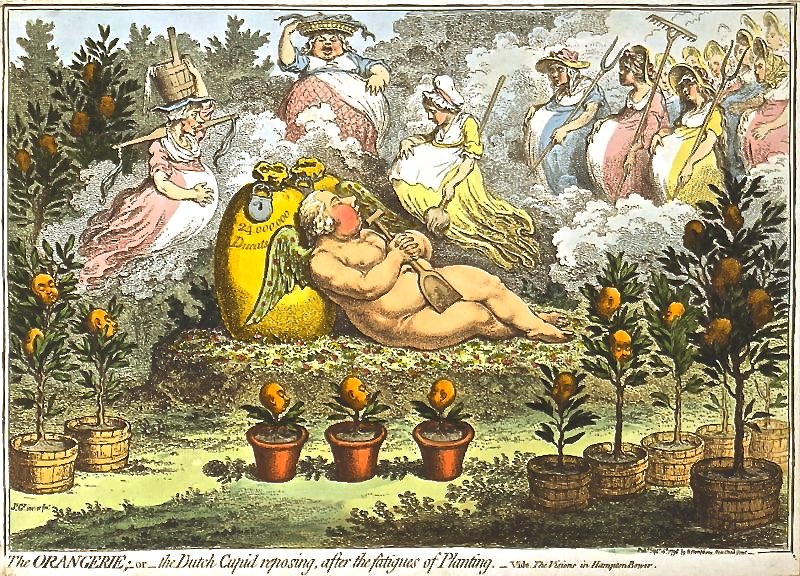
Princely posture
So, who is this plump fellow with conveniently positioned garden spade in hand, and what sort of posture message does he convey? The central figure in this hand-colored etching is William V, Prince of Orange-Nassau (he has a Facebook page!), the last chief executive and military commander of the Dutch Republic. He's lying in repose in London, where--for 11 years--he led the Government of the Dutch Republic in Exile. Why is a prince depicted in this way? According to Wikipedia, caricaturist James Gillray was editorializing on "William's dalliances during his exile," depicting him as "an indolent Cupid sleeping on bags of money, surrounded by pregnant amours." And the orange plants in the foreground? "Each orange bears the likeness of the prince," apparently offspring of women of William's dreams, as represented by the very pregnant milkmaid, fishmonger, house maid, and farm women who gather behind him.
Posture lesson
This is a terrific image, not just because the etching is so skillfully rendered and the scenario so obviously humorous, but also because we can learn something from Prince William's reclining posture. His buttocks are a little bit behind him, he's sporting a J-spine, and he's wonderfully demonstrating how to prop himself up and support himself in a way that maintains a relatively neutral spine. How might we apply what we learn from this 1796 image? Perhaps the key takeaway is that William's posture represents a healthy way to watch TV, read in bed, or converse with friends from a sofa or chaise.
We hope you'll participate
We are eager to see your images--and teach and learn from them--so thanks, in advance, for sending something in!
Photo Credits: Portrait of Beppie Landzaad riding a rocking horse, Pematangsiantar, Wikimedia Commons, Tropenmuseum; Work in the office, Voglia, Creative Commons; Teen Texting, DLSimaging Creative Commons; Zhuang's old woman in Fusui, Parper, Wikimedia Commons; Food Reward, GoOutside, Wikimedia Commons; The Dutch Cupid Reposing After the Fatigues of Planting, James Gillray, Library of Congress; Old man fishing, Pedro Ramirez, US Fish and Wildlife Service, Public Domain.


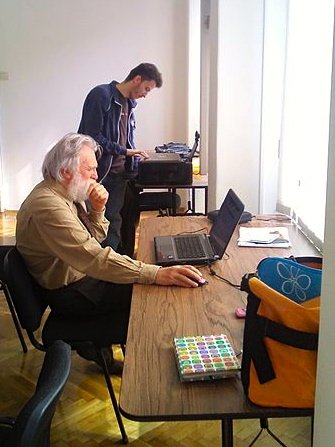
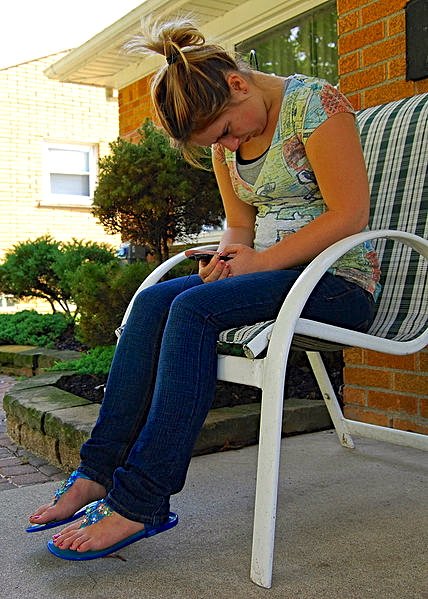
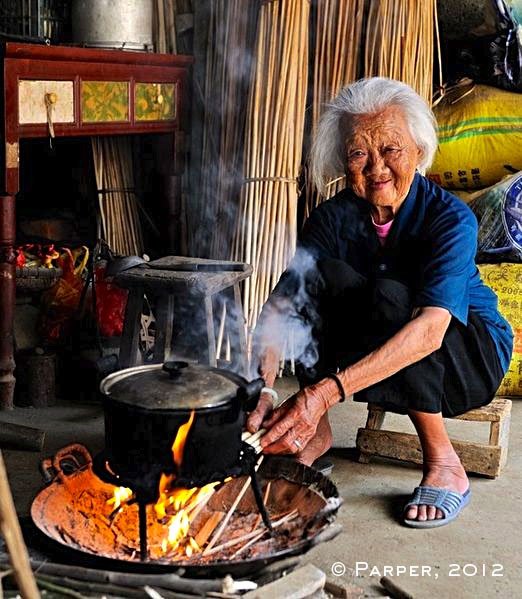
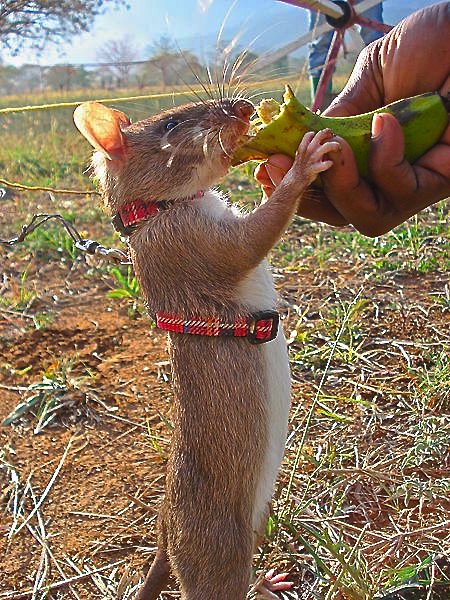

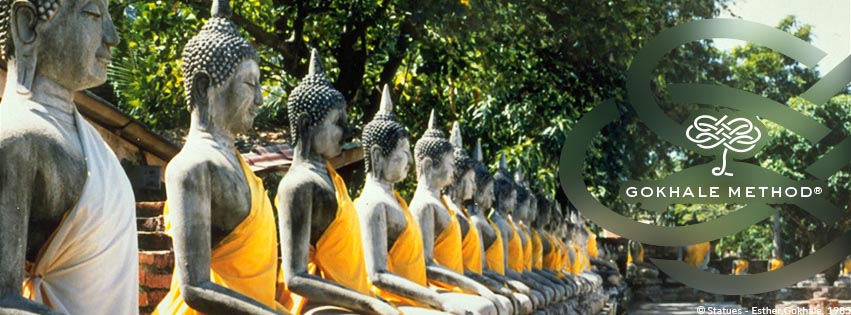
Comments
The rat, wearing a tartan
The rat, wearing a tartan harness and eating a banana is adorable!